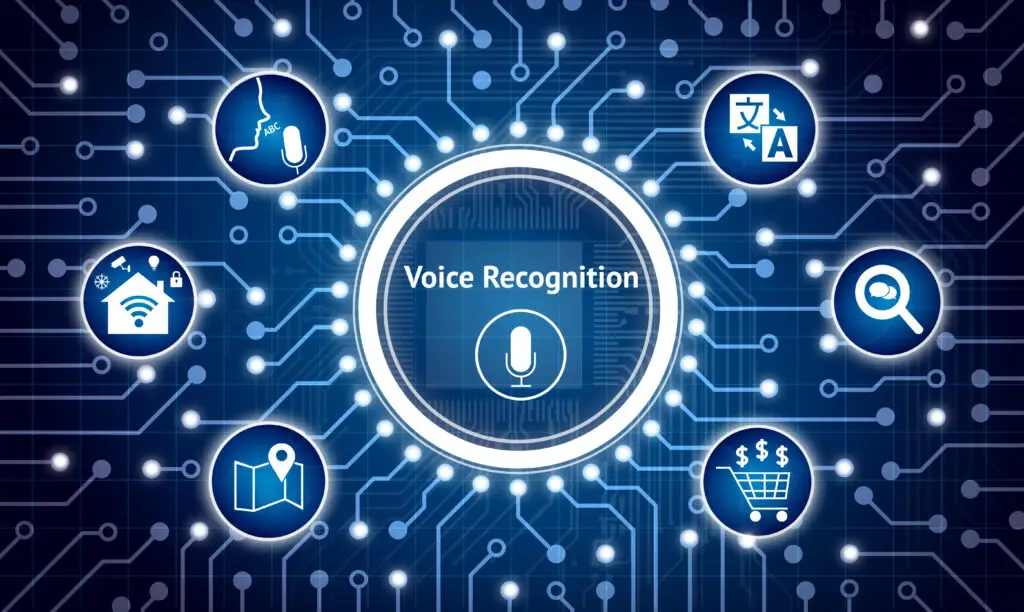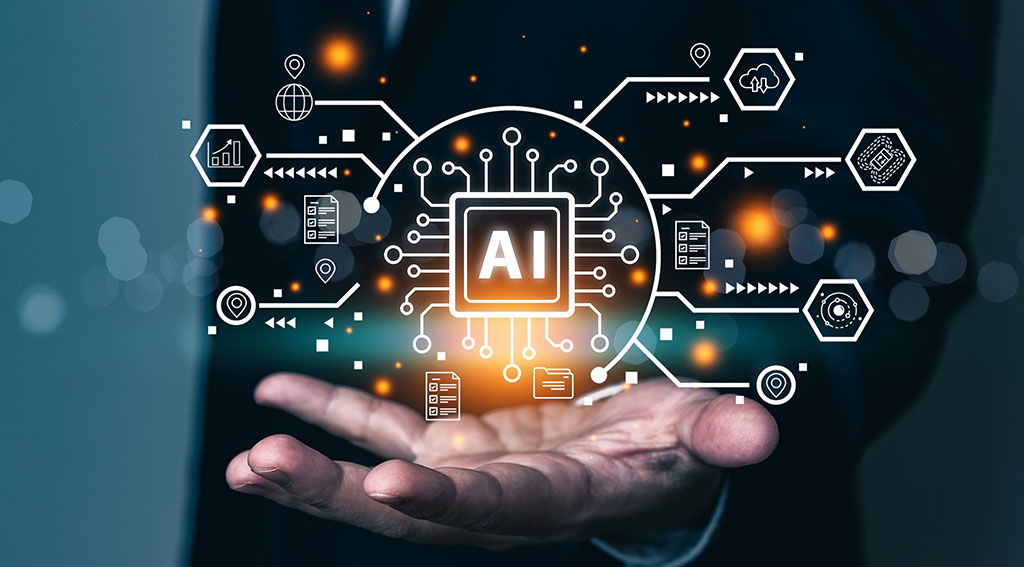Artificial Intelligence (AI) has been making waves in various industries, from healthcare to finance. But one area where this cutting-edge technology is truly revolutionizing the way we live and interact is in speech recognition. As someone who has always been fascinated by the advancements of AI, I couldn’t help but dive into the world of artificial intelligence in speech recognition.
In this article, let’s explore how AI is transforming speech recognition and what it means for our future. From understanding what exactly AI and speech recognition are, to diving deep into how they work together seamlessly, we’ll cover it all. So whether you’re already familiar with these concepts or just starting to dip your toes into the world of AI, this article is for you! Let’s get started on unraveling the mystery behind artificial intelligence in speech recognition!
So, artificial intelligence in speech recognition?
Artificial intelligence (AI) has been a hot topic in recent years, with advancements and innovations being made every day. One area where AI is making significant strides is in speech recognition technology.
Speech recognition technology refers to the ability of machines or computers to understand and interpret human speech. This includes recognizing words, phrases, and even emotions conveyed through speech. It allows for more natural interactions between humans and technology, making tasks such as voice commands and dictation much easier.
So how exactly does AI play a role in this? Well, traditional speech recognition systems relied on pre-programmed rules to recognize patterns in language. However, these systems were limited by their inability to adapt to new or unfamiliar words or accents.
With the use of AI algorithms and machine learning techniques, modern speech recognition systems can now analyze vast amounts of data from different sources, allowing them to learn and improve over time. This means that they can better understand variations in human speech patterns and adapt accordingly.
Another benefit of using AI in speech recognition is its ability to process large amounts of data quickly. This allows for real-time transcription during live events like conferences or lectures. Additionally, it enables faster training for personalized voice assistants such as Siri or Alexa.
But perhaps one of the most exciting developments in this field is emotion detection through voice analysis. By analyzing tone, pitch, volume, and other vocal cues during conversation or phone calls, AI-powered systems can detect emotions like anger or sadness accurately. This could have significant implications for customer service industries where understanding customer emotions plays a crucial role.
However, there are still challenges that need to be addressed when it comes to using artificial intelligence in speech recognition fully. For example, there are concerns about privacy issues surrounding the collection of personal data needed for training these systems effectively.
The future looks bright for artificial intelligence in the world of speech recognition. As technology continues to advance, we can expect even more accurate and efficient speech recognition systems,
making our interactions with technology more seamless and natural than ever before.
Understanding the Basics of Artificial Intelligence in Speech Recognition
Artificial Intelligence (AI) has transformed the way we interact with technology, especially through speech recognition. Imagine talking to your device and having it understand you just like a friend would! This magic happens because of complex algorithms that analyze sound waves and convert them into text. When we speak, our voices produce unique patterns and frequencies. AI uses advanced machine learning techniques to learn these patterns over time, allowing it to distinguish between different accents and languages. Every conversation helps the system improve, making it smarter with each interaction.
The journey of speech from our lips to a screen is fascinating. First, the microphone captures our voice as sound waves; then, AI breaks down these waves into tiny pieces called phonemes—the building blocks of spoken language. These phonemes are compared against vast databases filled with words and phrases so that the system can generate contextually relevant responses. Additionally, AI uses what’s known as natural language processing (NLP) to understand not just words but also meanings behind those words. This allows for more fluid conversations where devices can respond accurately based on user intent—truly an exciting leap forward in technology!

Exploring How AI Enhances and Transforms Speech Recognition Technology
Artificial Intelligence (AI) has truly revolutionized speech recognition technology, making it more accurate and user-friendly. Gone are the days when misinterpretations caused frustration; now, AI algorithms analyze patterns in spoken language with impressive precision. These systems learn from vast datasets of human speech, improving their ability to understand different accents and dialects while also recognizing context. For example, imagine talking to a virtual assistant that not only understands your commands but can also pick up on emotional cues in your voice. This advancement transforms how we interact with devices, allowing for smoother conversations as though we’re speaking with another person.
Moreover, AI enhances accessibility for those who have difficulty communicating verbally. Speech recognition tools powered by advanced AI can transcribe spoken words into text almost instantaneously—this means people who are deaf or hard of hearing can read what others say in real-time.
Additionally, educational platforms use this technology to provide personalized learning experiences tailored to each student’s pace and style.
The potential is limitless! As developers continue refining these systems through deep learning techniques,
- improved accuracy
- faster response times
- a better understanding of natural language nuances
will shape our future interactions with machines in ways we’re just beginning to explore.
Read also: nuance reader
The Impact of AI-Driven Speech Recognition on Different Industries
AI-driven speech recognition has swiftly transformed how various industries operate, making processes more efficient and user-friendly. In healthcare, for instance, medical professionals can now dictate patient notes directly into specialized software without needing to type. This not only saves time but also reduces the chance of errors in documentation. As a result, doctors can focus more on their patients and less on paperwork. Additionally, telehealth services have greatly benefited from this technology; patients can easily communicate their symptoms through voice commands during virtual consultations.
In the customer service sector, AI-powered chatbots are revolutionizing how businesses interact with clients. These digital assistants can understand spoken inquiries and respond promptly, ensuring that customers receive help 24/7. Imagine calling a company after hours with a question about your account—an AI-driven system would manage your query seamlessly! Furthermore, companies leverage speech recognition to analyze customer feedback effectively by identifying common phrases or sentiments expressed during calls. This data drives improvements in products and services while enhancing overall client satisfaction levels.
With these advancements across diverse fields like education and finance too—where learning tools adapt to students’ needs or transactions become smoother—the impact is both profound and far-reaching.
The Future Prospects and Challenges of Artificial Intelligence in Speech Recognition
As technology advances, the world of artificial intelligence (AI) is transforming how we interact with machines. One exciting area is speech recognition, where AI can understand and respond to human language in real-time. This opens up a realm of possibilities for making our daily lives smoother and more efficient. Imagine talking to your devices just like you would with a friend! However, while the future looks bright for this technology, there are also significant challenges that need attention. For instance, accents and dialects vary immensely across different cultures. Training AI systems to recognize these variations requires vast amounts of diverse data, which isn’t always easy to gather.
Moreover, ensuring privacy is another critical concern as speech recognition becomes more integrated into our lives.
Users may feel uneasy knowing that their conversations could be recorded or analyzed by machines. Striking a balance between improving accuracy and respecting user privacy will require thoughtful strategies from developers.
- Enhanced algorithms
- User consent protocols
- Data encryption techniques
Ultimately, navigating these challenges will determine how effectively speech recognition evolves—making it not only an advanced tool but also one that users can trust wholeheartedly in their everyday interactions.



